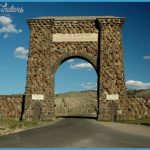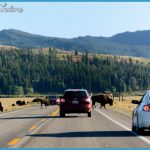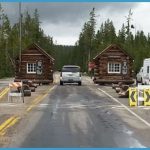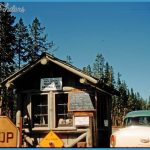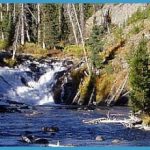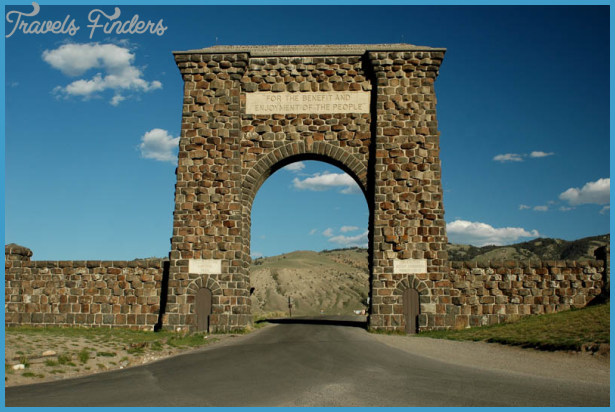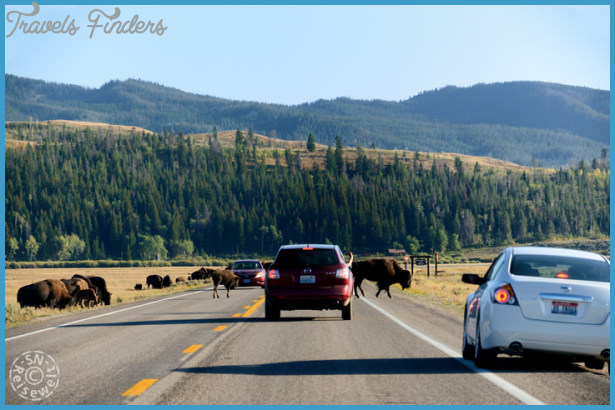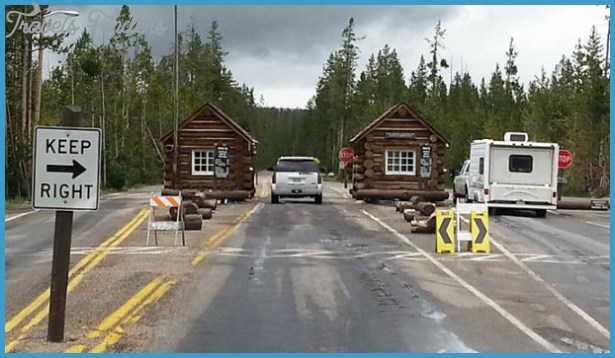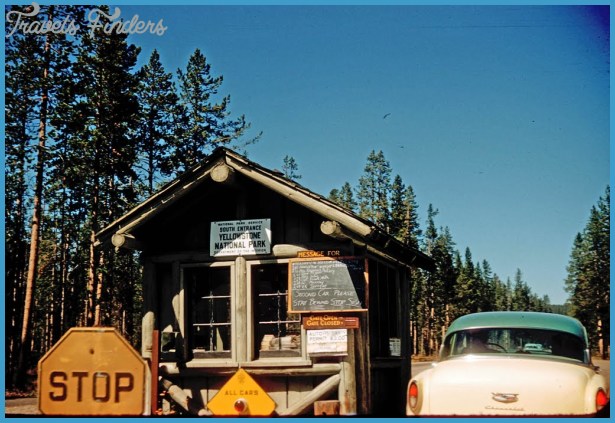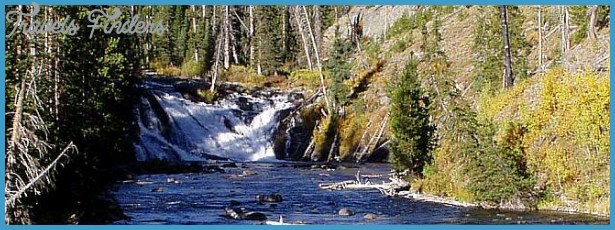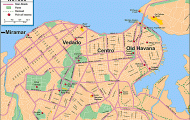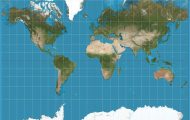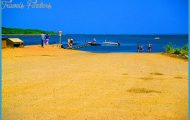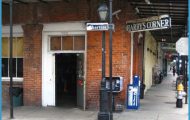You’ll be entering Yellowstone through the South Entrance if you include a visit to Grand Teton National Park in your travel plans. It’s also the closest entrance for those interested in water sports or in backcountry hiking in the relatively undeveloped southern one-third of the park. The spectacular Tetons loom above the valleys from east or west and afford splendid photographing opportunities. As much as nine thousand years ago, Native Americans left evidence that they were here. Then in the last two centuries, many colorful characters have passed through Jackson Hole. Beaver trappers came as early as the 1820s, and gold prospectors followed in the 1860s, but the latter never found pay dirt in commercial quantities. Some people found this a good place to escape the law, but many came as homesteaders and established ranches. By the beginning of the 20th century, dude ranches were catering to wealthy Easterners. Today tourism and cattle are both important to the economy. Jackson, Wyoming, has an airport and rental car agencies. Accommodations are plentiful, as are outdoor activities of every kind.
The distance from Jackson to the South Entrance is 58 miles (93 km). There’s another way to approach Yellowstone’s South Entrance, one that comes from the southeast rather than passing through Jackson. It follows U.S. Highways 26 and 287 from the town of Dubois near the northern end of the Wind River Range, across beautiful Togwotee Pass, and northwest to reach Yellowstone. There are numerous upscale ranches, houses, and condominiums in and around Jackson. Fur trappers named the large valley east of the Teton Range Jackson’s Hole for a fellow trapper. A hole to them meant this type of valley surrounded by mountains. In 1895, a wagon road was completed from West Thumb in Yellowstone Park through the South Entrance to the new Wyoming settlements to the southeast. This is an area with many things to do; in fact, you need a day or more just to visit the most outstanding stops in Grand Teton National Park, with perhaps a boat trip or a short hike. A Sampling of Summer Activities in Jackson Hole In and near Jackson: rodeos and shootouts, chairlift at Snow King, National Wildlife Art Museum, National Fish Hatchery In Teton Village: aerial tram to Rendezvous Mountain, Grand Teton Music Festival classical concerts in July and August In and around Grand Teton National Park: ranger-led hikes and campfire lectures, float trips and white-water rafting trips, horseback riding and pack trips, fishing, climbing, and biking The Snake River has its source in the southern backcountry of Yellowstone, then traverses Jackson Hole.
Its name does not come from the snake-like path it takes through the area, but rather from the French Canadian trapper name for the Shoshoni tribe: Snakes (Serpents in French). According to some researchers, the trappers misunderstood the sign Shoshoni people used to identify themselves: a sinuous hand motion with index finger extended, indicating that they were grass weavers. Instead, the trappers thought the sign meant the track of a snake. Grand Teton National Park came into being in 1929 after much disagreement between advocates for adding the Teton country to Yellowstone and local ranchers interested in keeping the land private. At that time, Congress decided not to extend Yellowstone Park in this direction, but simply placed the land in the public domain. Grand Teton reached its present size only in 1950, with the addition of the part of Jackson Hole that includes the outer road (U.S. Highways 26/89/191). For complete information about this park, write to The Superintendent, Grand Teton National Park, P.O. Drawer 170, Moose, WY 83012; call (307) 739-3300; or visit the National Park Service Web site at www.nps.gov/grte.

